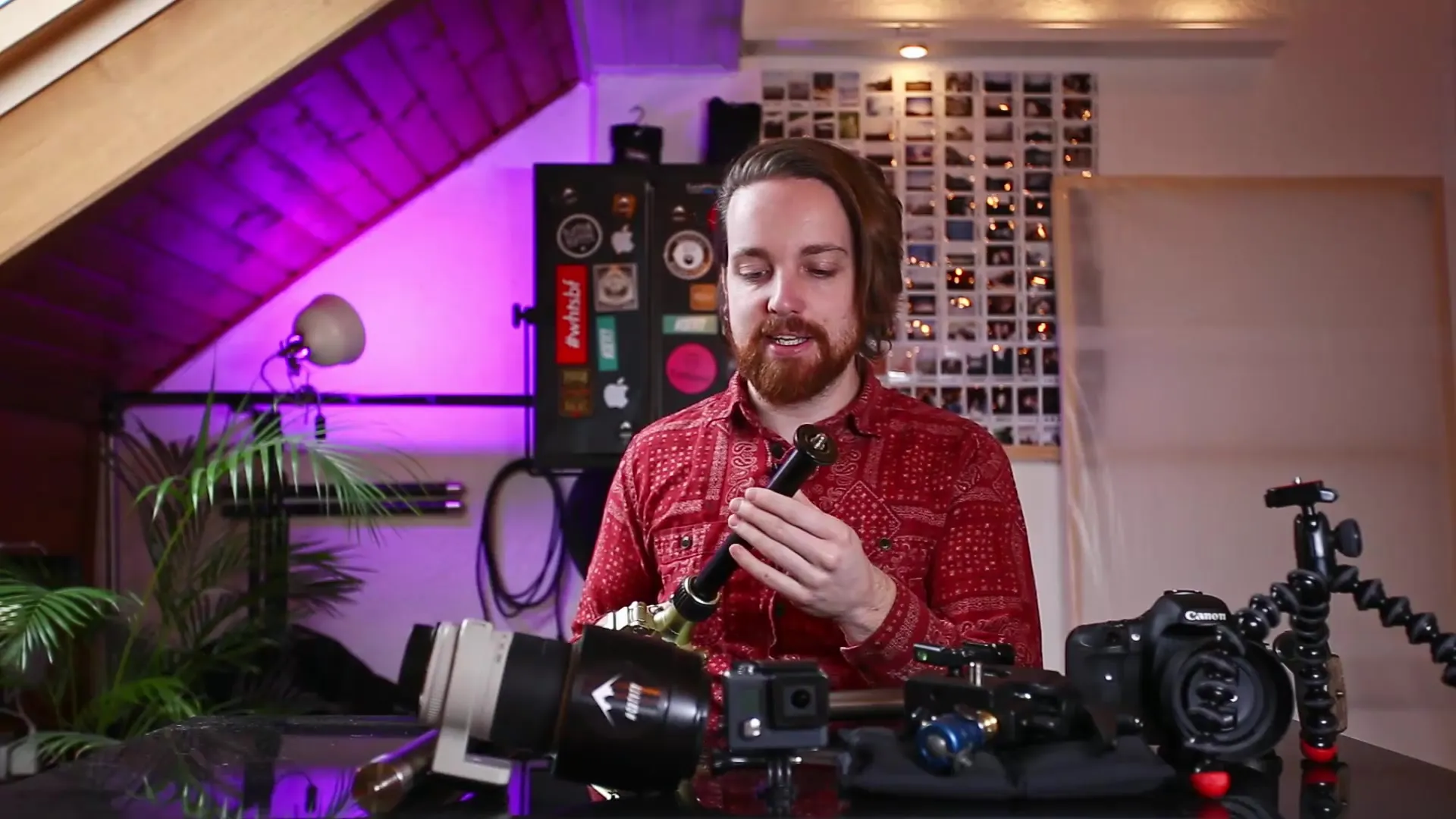Photography is a interplay of technology and creativity, where stability is one of the decisive factors for impressive long exposures. A tripod is an indispensable tool that keeps the camera steady and prevents blurry shots. In this context, the center column of a tripod plays a particularly critical role. In this guide, you will learn everything you need to know about the use and optimal settings of tripod center columns.
Key insights
Tripods are crucial for a stable camera setup. An extended center column can significantly reduce stability. Use the center column mainly for weighting, but do not fully extend it if possible. Make sure that the additional weight hanging on the hook of the center column touches the ground to avoid shaking in the wind.
Step-by-step guide to using tripod center columns
1. Understanding the center column
First, you should know what the center column of a tripod is and why it exists. The center column allows for additional height adjustment of the tripod. It is a vertical element that can be retracted or extended into the tripod to flexibly choose the height of your camera.
2. Issues with extended center columns
However, extending the center column poses risks. When the center column is extended, the entire weight of the camera is supported only at a single point, significantly reducing stability. This can lead to shaking and vibrations, especially in windy conditions. Therefore, it is advisable not to extend the center column in most cases.

3. Choosing the right tripod
When purchasing a tripod, you should ideally choose a tripod without a center column. Many high-quality tripods forgo this additional height adjustment to maximize stability. An extendable tripod can be useful for specific applications but often prevents precise control over stability.
4. Using the center column for weighting
If you have a center column, it can also offer a useful aspect, namely the ability to weight the tripod with weights. You will often find a small hook at the end of the center column where you can hang weights or even your camera bag. This can help increase the stability of the tripod in certain situations.
5. Caution in the wind
When attaching a weight to the hook of the center column, you should ensure that it has a stable contact with the ground. A weight that dangles loosely can cause shaking in strong winds, which is counterproductive. Proper use of the hook is critical to maintaining the stability of the entire system.
6. Maintain maximum stability
As a general rule, do not completely extend the center column. Ideally, you should use the center column only to weight the tripod, not to enlarge it. When purchasing your tripod, plan to choose long legs so that you can often completely avoid using the center column.
Summary – Long exposures from A to Z: Tripods and center column
Understanding the function and risks of a tripod center column is crucial for photography, especially in long exposures. You should avoid fully extending the center column whenever possible and instead ensure the stability of your setup through the right weight and a stable stance. A well-chosen tripod with stable legs is the key to sharp and clear images.
Frequently asked questions
What is a center column in tripods?The center column is a vertical element on a tripod that allows for additional height adjustment.
Why should I not extend the center column?An extended center column reduces stability as the weight of the camera is supported only at one point.
How can I make my tripod more stable?Use weights to weigh down the tripod and ensure that they touch the ground.
What are the risks of a center column in the wind?A weight that dangles can cause shaking in the wind and compromise stability.
Should I buy a tripod with a center column?Ideally, you should choose a tripod without a center column to ensure maximum stability.


